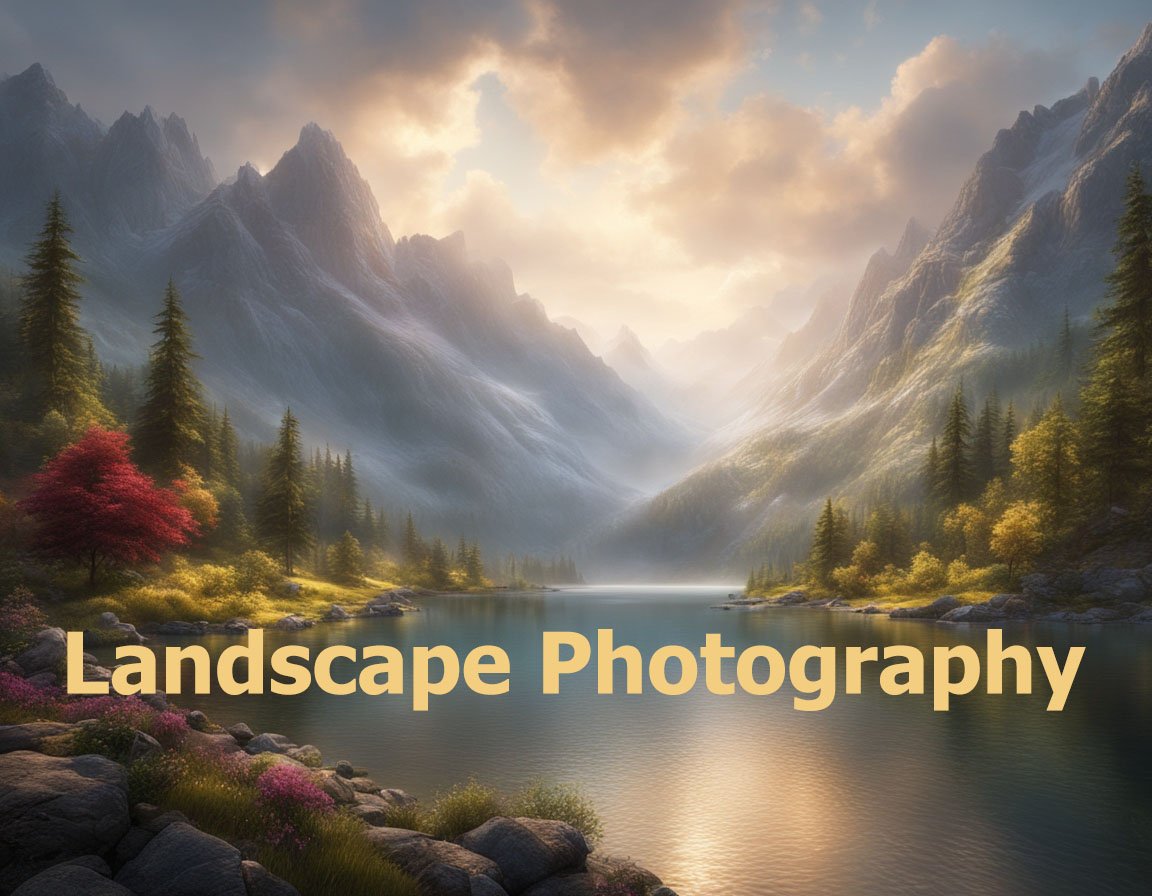Understanding the golden hour is crucial for any photographer aiming to capture stunning landscape shots. This unique time frame is revered for the warm and soft lighting it offers, which can enhance the visual appeal and emotional impact of your images. To make the most of the golden hour, it’s essential to familiarize yourself with its nuances.
The golden hour occurs shortly after sunrise and shortly before sunset when the Sun is low in the sky. During these times, sunlight travels through more of the Earth’s atmosphere, resulting in a scattering of shorter wavelengths and a predominance of warmer colors like reds, oranges, and yellows. This specific quality of light can transform even the most mundane landscapes into mesmerizing scenes.
Preparation is key to successfully capturing the essence of the golden hour. Begin by scouting your location ahead of time. Familiarize yourself with potential compositions and angles so that when the golden hour arrives, you’re ready to shoot. Consider using apps or websites like PhotoPills or The Photographer’s Ephemeris to predict the exact timing of sunrise or sunset at your location.
Selecting the right equipment can greatly influence the results of your golden hour photography. A sturdy tripod is indispensable for maintaining stability, especially during longer exposures. A wide-angle lens can help capture the expansiveness of a landscape, while a polarizing filter can reduce glare and enhance colors. Additionally, neutral density (ND) filters can help manage exposure when the light is particularly bright.
Considerations around camera settings are equally important. During the golden hour, light conditions can change rapidly, requiring quick adjustments to your settings. Use the manual mode to have full control over your aperture, shutter speed, and ISO. A low ISO setting, typically between 100-200, is ideal for minimizing noise. Aperture settings around f/8 to f/11 offer better depth of field, ensuring both foreground and background elements are in sharp focus. Adjust the shutter speed to properly expose the scene based on the available light.
Golden hour light is renowned for casting long shadows that can add depth and dimension to your landscape photos. Be mindful of where these shadows fall and consider them as compositional elements. Shadows from trees, mountains, or other natural features can create leading lines that draw the viewer’s eye into the composition.
Reflections can add another layer of intrigue to your images. Water bodies like lakes, rivers, or ponds reflect the sky’s colors, doubling the beauty of the golden hour light. Look for opportunities to include these elements in your composition. Position yourself where these reflections complement the primary subjects in your frame, creating a harmonious balance.
While the warm tones of the golden hour are naturally appealing, post-processing can further enhance your images. Software like Adobe Lightroom or Photoshop allows you to tweak contrast, saturation, and highlights. Pay attention to maintaining the natural look of the scene. Adjust white balance to bring out the warmth of the lighting, but avoid over-processing that results in unrealistic colors.
Patience is a virtue during the golden hour. Light conditions can transform a scene in a matter of minutes. Stay focused and be ready to adapt to changes. Often, the moments right before sunrise or just after sunset, known as the blue hour, offer less intense but equally captivating lighting. Don’t pack up your gear too soon; these periods can provide a soft transition into the golden hour’s brilliance.
Develop your creative vision by experimenting with different perspectives. Crouch low to the ground to emphasize foreboding shadows, or climb higher to gain a broader vantage point. Use foreground elements like flowers, rocks, or grass to frame the scene, adding depth and interest to the composition.
Understanding the interplay of weather conditions with the golden hour can elevate your shots. Clouds can diffuse sunlight, creating gentle, ethereal lighting. Conversely, a cloudless sky can result in more vibrant colors. Each condition presents unique opportunities — rainy days may reward you with dramatic post-rain sunsets, full of vivid rainbows and dynamic skies.
Lastly, foster a mindset of continuous learning and adaptation. Study the works of renowned landscape photographers and analyze how they manipulate golden hour lighting in their shots. Participate in photography forums, attend workshops, or engage in photography communities to receive feedback and gain new insights.
The golden hour, a playground of natural light and shadow, offers a mystical quality that can transform ordinary landscapes into extraordinary visual narratives. By honing your skills and understanding of this opportune time, you can craft compelling landscape images that resonate with viewers. SEO-optimized content, rich with keywords like “golden hour photography,” “landscape shooting tips,” and “golden light exposure,” can help enthusiasts find your work and advice online, ensuring your masterpieces reach wider audiences. With dedication and practice, mastering the golden hour will become an art, amplifying your landscape photography to new heights.


